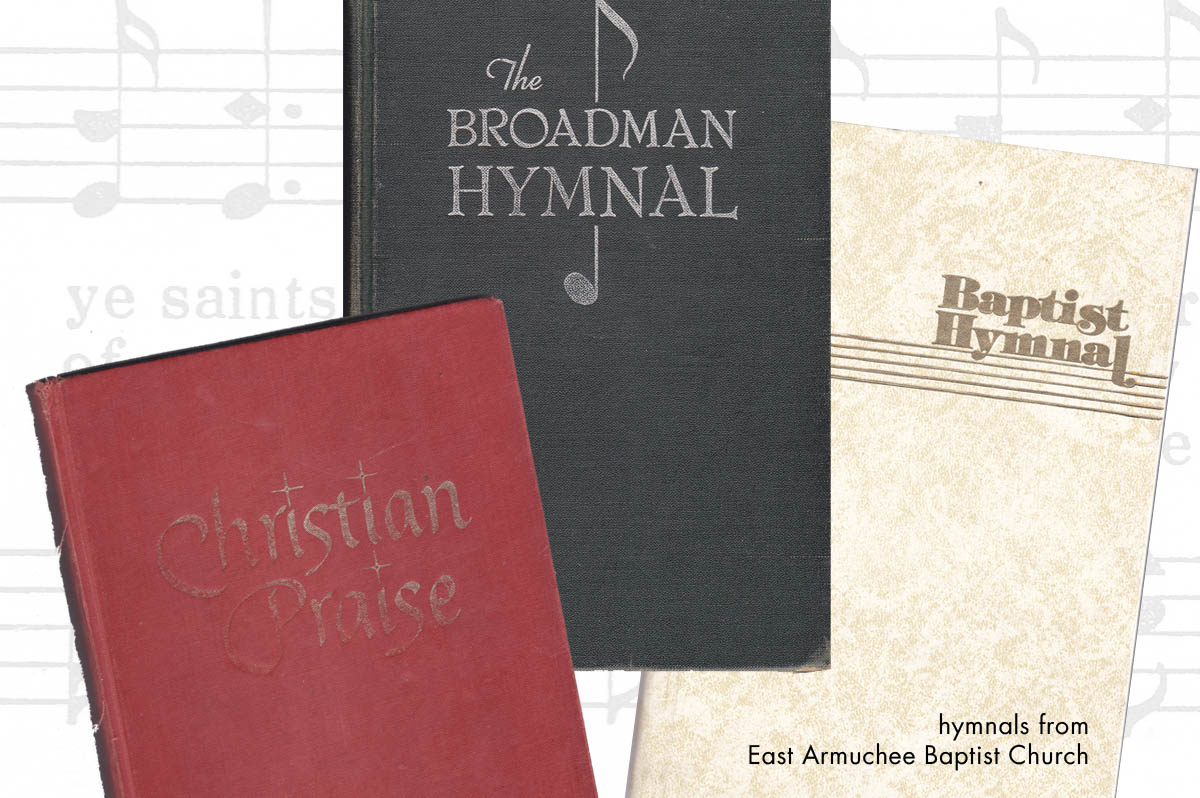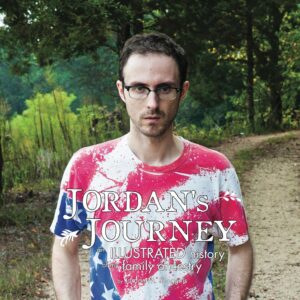Little Country Church: Memories of Music at East Armuchee

If you were to ask me what are the most important things to me, music would certainly be one of the top items on that list. Looking back as far back as I can remember music has always played an important role in my life. If you’ve been reading this blog, you know music has even played its part in my family history research.
Not long ago I asked my mother, “Do you think you have any audio tapes of music from East Armuchee back in the day?”
“No,” she responded. “I don’t think we ever recorded anything like that.”
I was disappointed but told her to ask around to see if anyone might have a recording. I wanted more than anything to redisocver the sound of that rural country church from my childhood. She didn’t think anyone would have anything, though.
I have so many music memories from that church. It wasn’t a particularly learned environment for music. There were no professional musicians and no formal choir… just like Scared Harp. It was a “do-it-yourself” sort of aesthetic, and I think that influenced me a lot in life in ways far beyond music.
For most of my childhood, East Armuchee used the Christian Praise hymnal, published in 1964 by Broadman Press. Christian Praise is a shaped note hymnal and relates to the Sacred Harp in that way. But out of 471 pieces, it contains only a couple of songs actually from The Sacred Harp hymnal. We always referred to this book as “the red hymnal.” These books contain bookplates at the front indicating who donated money for that hymnal, and to whose memory it was dedicated.
There was an older book, The Broadman Hymnal, that had been used by earlier generations. I don’t know exactly when the church first adopted this book, but it was published in 1940 by Broadman Press. It would be interesting to know what hymnal (if they even had one) the congregation used before Broadman. When I was a youngster, the church still had copies of this “green hymnal” and used them occasionally. It contained certain favorites of the congregation that weren’t in the red one.
By the time I was an older teenager, we had moved on to yet a third hymnal, Baptist Hymnal (Convention Pres, 1975). These “white hymnals” were hand-me-downs from Grove Level Baptist Church in Whitfield County by way of another church in Murray County. Like the green and red hymnals before it, the white hymnal was a mixture of traditional music, contemporary hymns, and praise songs. Some of these pieces, in particular, reflect the era with songs less rooted in scriptural theology and more influenced by emotion and popular song. I remember pieces such as “Pass It On” by Kurt Kaiser and “Because He Lives” by Bill Gaither from this hymnal.
But today, when it comes to hymns, I prefer Sacred Harp music for its interesting character, noted as much for its unique performance practices as for the music itself. Growing up in a rural country church left its mark on me in more ways than one. The church’s use of music as a reflection of religious yearning has impacted me ever since, imploring me to explore the past and look toward the future with a curious mind. As a child, I may have thought the music was lame and boring. But the memory of hearing it Sunday after Sunday for years on end now fills me with an appreciation for the past. By tracing the lineage of East Armuchee’s hymnals, I feel connected to my ancestors who worshiped there. Music, too, was no doubt important to them.
I close my eyes and imagine myself hanging in the rafters of the old church building, the timbre of my ancestor’s voices echoing across the valley. The music is more than a worshipful tune: it is the joy of the present moment… for that moment is all we ever have.
Take a trip into the past
Thanks for visiting the Jordan's Journey blog archive. These posts have been made available here for continued reference and research purposes.
The original book is available to order from our shop or your favorite bookseller.
For questions or other inquiries: get in touch.


We also grew up in a small country church in Ky. I was ordained in the General Baptist faith in 1986. I really enjoyed the old church songs and miss them in todays modern praise and worship.